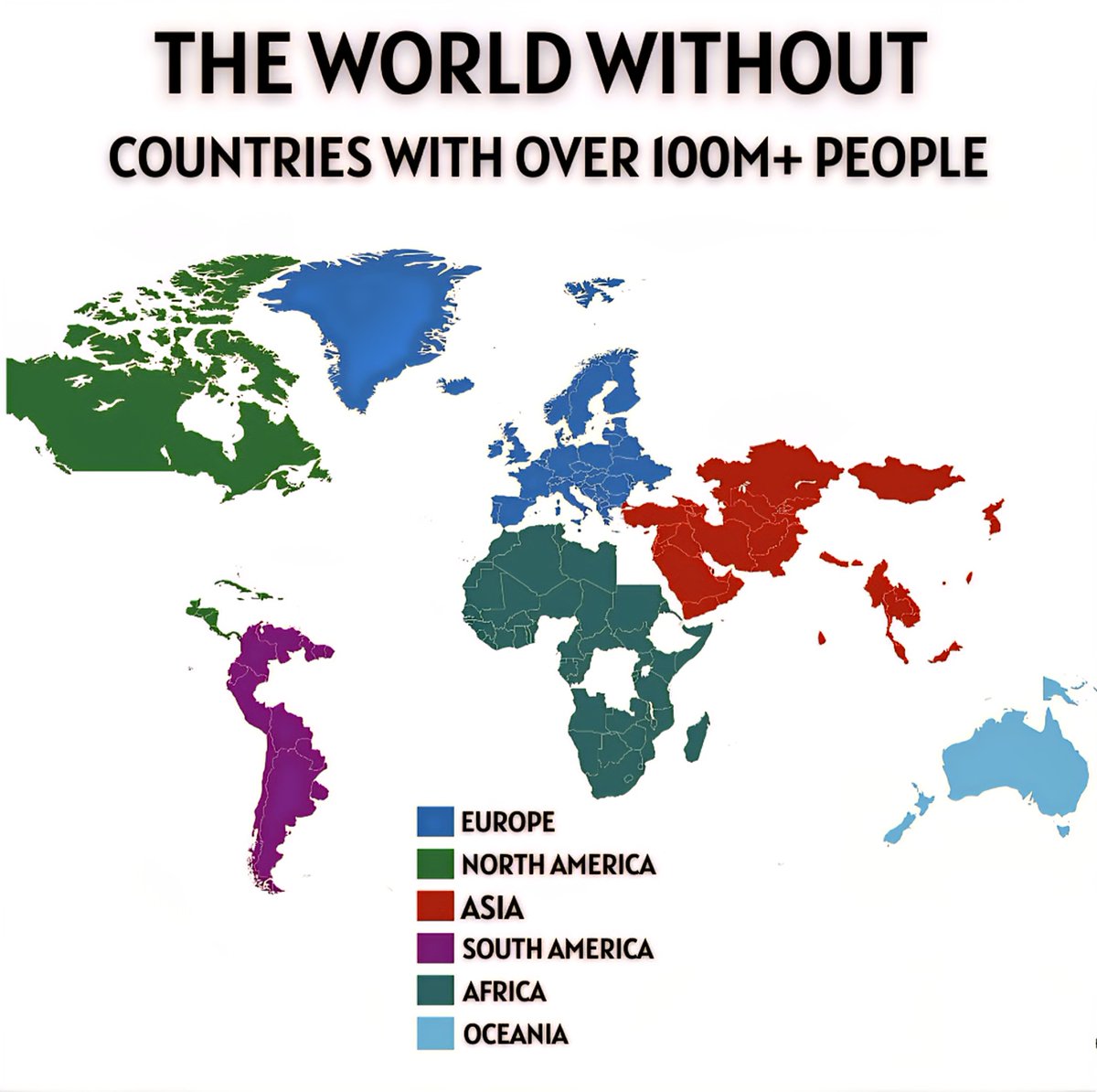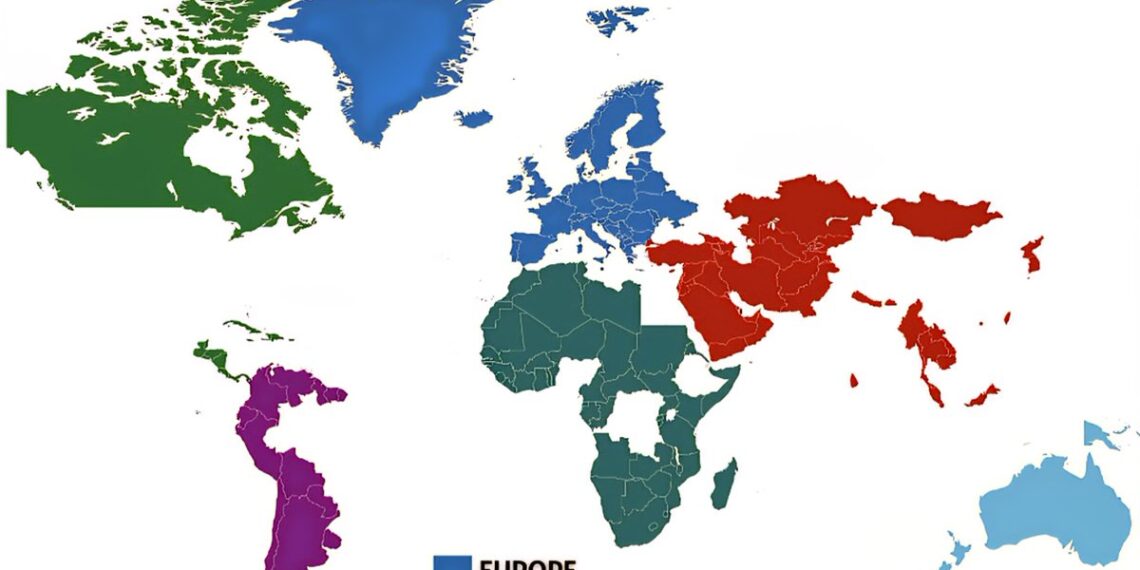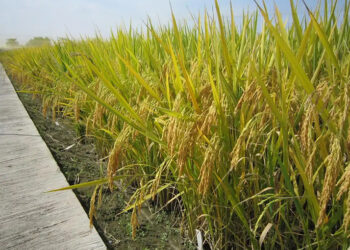Select Language:
The World Without Countries With Over 100 Million People: A 2025 Perspective

1. The End of National Borders: A Globalized Society
In 2025, the concept of national borders as we knew them has drastically diminished. The world has transitioned into a more integrated society where geographical boundaries no longer serve as barriers to movement or commerce. Emphasis on cross-border collaboration has led to the formation of vast, interconnected regions that operate as unified economic and social entities. This shift was driven by advances in transportation and digital infrastructure, allowing seamless migration and communication across former borders.
This global integration fosters cultural exchange, easing international conflicts rooted in territorial disputes, and promoting shared resource management. It marks a significant departure from traditional notions of sovereignty, making international cooperation more vital than ever.
2. Mega-Cities and Urban Megaregions Dominate the Landscape
Without traditional countries with populations exceeding 100 million, urban centers have grown into sprawling mega-regions that span across what used to be national borders. Cities like New York, Los Angeles, Tokyo, and Mumbai have expanded into interconnected urban corridors—blurring the lines between city limits and regional territories.
These mega-urban zones are hubs of innovation, technology, and cultural diversity. The focus shifted toward sustainable urban planning, ensuring these dense populations live with minimal environmental impact. Smart infrastructure, including autonomous public transit and green energy solutions, has become commonplace to support these enormous populations.
3. Economic Powerhouses: The Rise of Regional Blocs
In a world without large, traditional nations, economic powerhouses have emerged based on regional alliances rather than individual countries. These cooperative blocs, often spanning multiple former countries, have integrated markets, synchronized regulations, and shared resources.
For instance, the North Atlantic Union (NAU) and the Pacific Arc Consortium (PAC) exemplify this trend, facilitating free trade, technological innovation, and joint security initiatives. These conglomerates have created resilient economies that prioritize collective growth over national interests, leading to a more stable and equitable global economy.
4. Cultural Diversity and Identity in a Borderless World
Cultural identities have become increasingly fluid in 2025. With populations blending across what used to be country lines, multiculturalism is the norm. People identify more with regional cultural groups than with traditional national identities. Festivals, cuisine, and traditions are now shared across vast territories, promoting mutual understanding and tolerance.
Additionally, digital platforms enable people to explore and celebrate global cultures effortlessly, fostering a sense of belonging that transcends borders. This cultural fluidity promotes unity and diminishes geopolitical tensions based on nationalistic sentiments.
5. Environmental Management on a Global Scale
As environmental issues pose threats that no single country can resolve alone, international cooperation has become ingrained in everyday life. Air and water quality are managed by global entities that oversee environmental health across entire regions, rather than individual countries.
Climate change initiatives rely on collective efforts, with shared commitments to renewable energy, carbon reduction, and conservation programs. The vast population centers now prioritize sustainability, utilizing cutting-edge green technologies to reduce their ecological footprint. This overarching approach aims to secure the planet’s health for future generations.
6. Challenges and Opportunities in Governance
In a diminish of nation-states, new forms of governance have emerged, focusing on regional councils and global institutions. These bodies work to coordinate policies, resolve disputes, and manage resources collectively.
While this model promotes cooperation, it also presents challenges, such as balancing regional autonomy with global oversight. Political representation has evolved, emphasizing inclusivity and direct stakeholder involvement. The transition toward these new governance structures remains ongoing, but it underscores humanity’s adaptability in facing complex global issues.
In 2025, the disappearance of countries with over 100 million people signals a profound transformation in how humanity organizes itself. From urban megaregions and integrated economies to culturally diverse societies and global environmental stewardship, the world is redefined—not by borders, but by shared goals and interconnected lives.
Note: This article is a fictional depiction set in 2025, illustrating a possible future scenario based on current technological and social trends.







